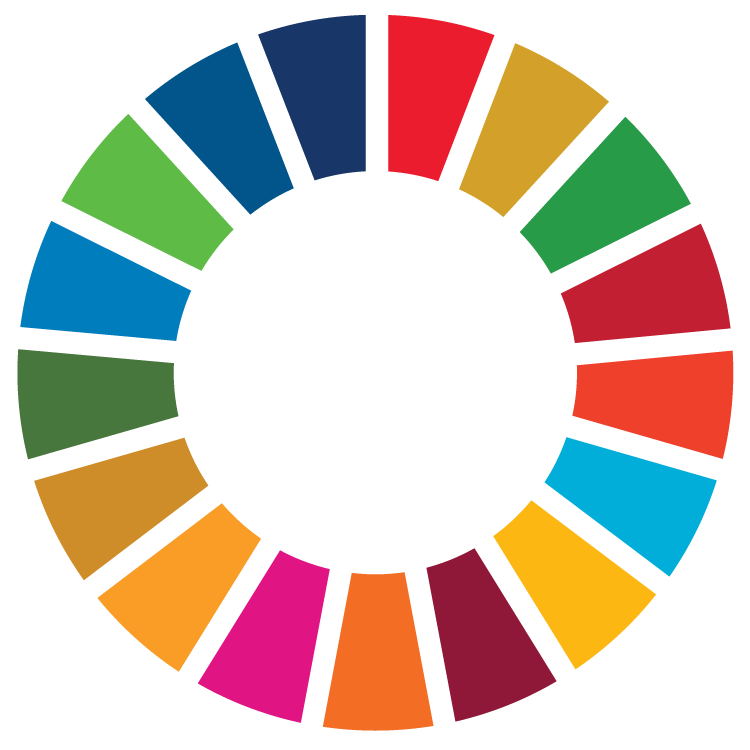Protected areas could play a significant role in the implementation of schemes to reduce emissions from deforestation and degradation (REDD) in developing countries, through either the strengthening of the existing protected area network, or designation of new areas. Many rural poor people rely on forest resources, and may experience positive or negative changes to their livelihoods as a result of REDD. This review aims to assess the livelihood implications of the existing protected area network in order to inform future REDD policy.
United Nations Environment Programme
- Who we are
- Where we work
-
What we do
- Air quality
- Biosafety
- Cities
- Digital Transformations
- Disasters and conflicts
- Energy
- Environment under review
- Environmental law and governance
- Extractives
- Food Systems
- Forests
- Fresh Water
- Gender
- Green economy
- Ocean, seas and coasts
- Resource efficiency
- Sustainable Development Goals
- Transport
- Youth, education and environment
- Publications & data


